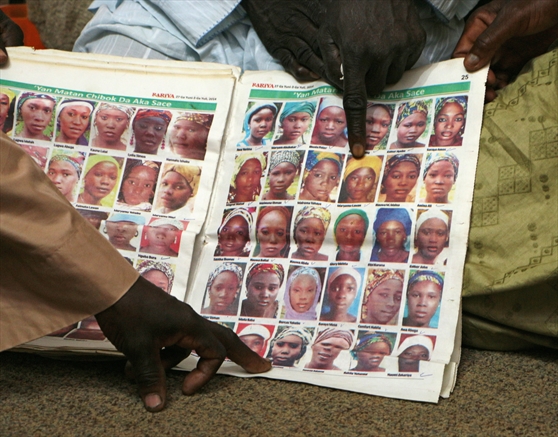
As another attack by female suicide bombers in Nigeria leaves 27 dead, a new report claims that Boko Haram only started using women and girls in bomb attacks in response to the global outrage triggered by the 2014 Chibok schoolgirl abductions.
The Exploding stereotypes report, by the Combating Terrorism Center based at West Point, the US military academy, states that Boko Haram started using women in a bid to gain notoriety through “shock and awe” tactics.
“Through the global response to the Chibok abductions, the insurgency learned the potent symbolic value of young female bodies … that using them as bombers would attract attention and spread pervasive insecurity. I think the media attention and international campaign around the girls motivated Boko Haram … to enact atrocities on women as a means of building its brand,” co-author Hilary Matfess told the Thomson Reuters Foundation.
According to the report, Boko Haram is the first militant group in history to use more female than male suicide bombers, with women accounting for at least 56 per cent of the 434 suicide attacks carried out during its eight-year campaign. The report states that while the overall percentage of deaths caused by Boko Haram suicide bombers is lower than many other groups that deploy that tactic (21.5 per cent of the 16,174 deaths to June 2017), the capacity of the group to underutilise suicide bombers “might alternatively suggest that it is holding the tactic in ‘reserve’ in case its conventional guerrilla warfare tactics are stopped by multinational forces battling the group”.
Statistics used in the report show that Boko Haram suicide attacks tend to place “little focus” on Christian institutions. During the reporting period 2011-2017, 12 churches were targeted (5.04% of attacks) compared to 60 attacks on markets and bus stops (25.21 %), 52 on the government (21.89%), and 37 on Islamic religious institutions (17.23%).